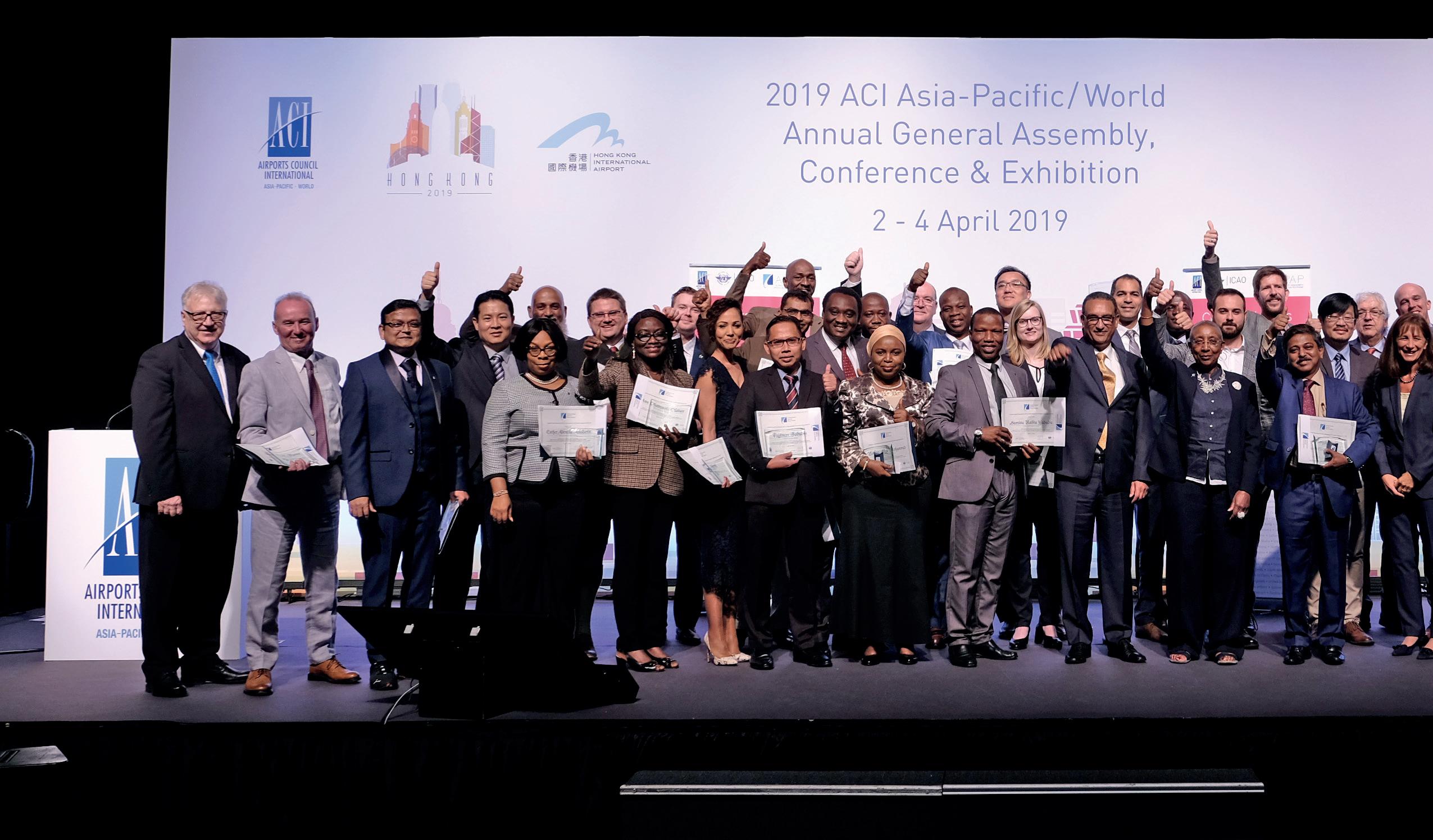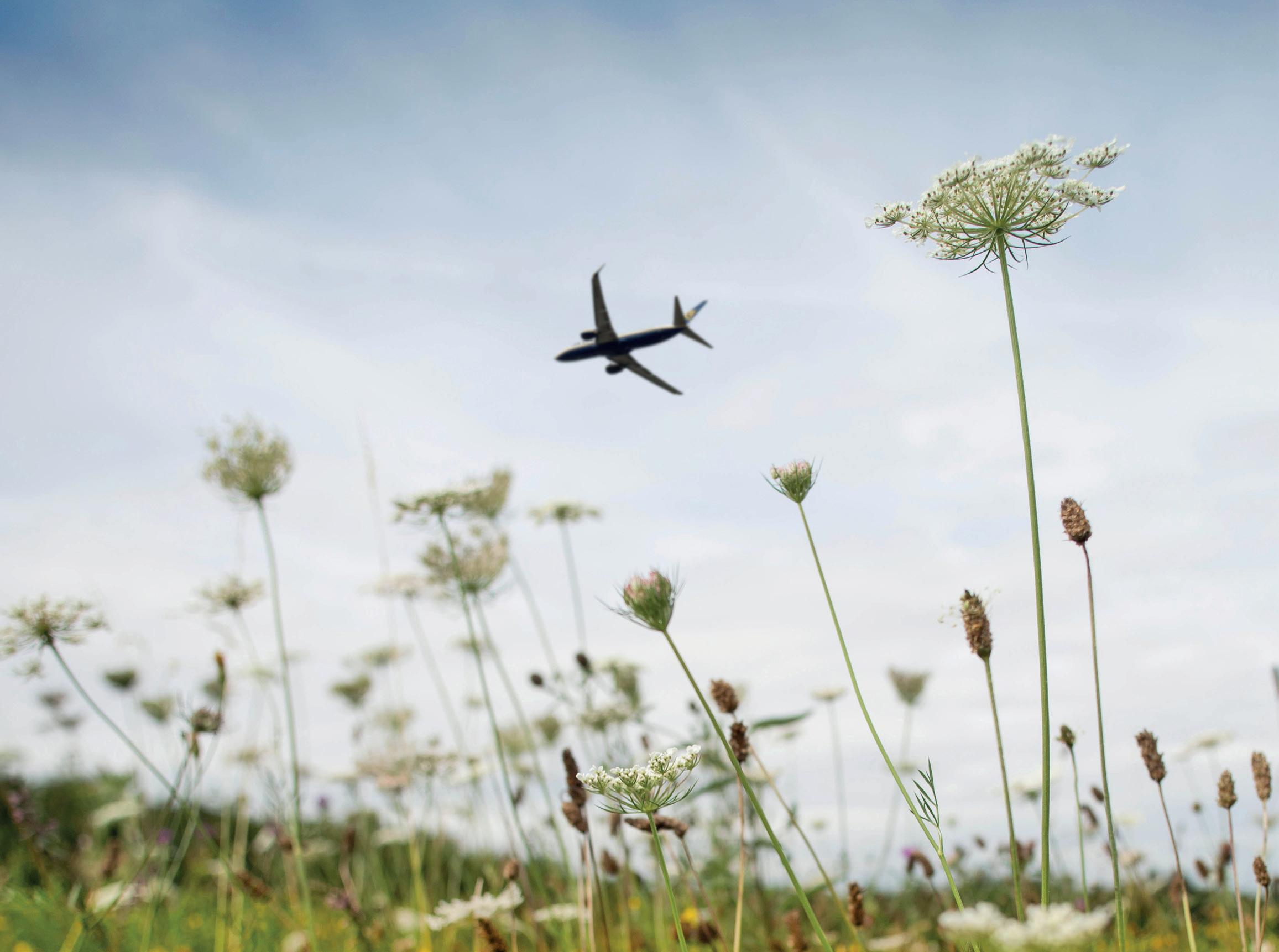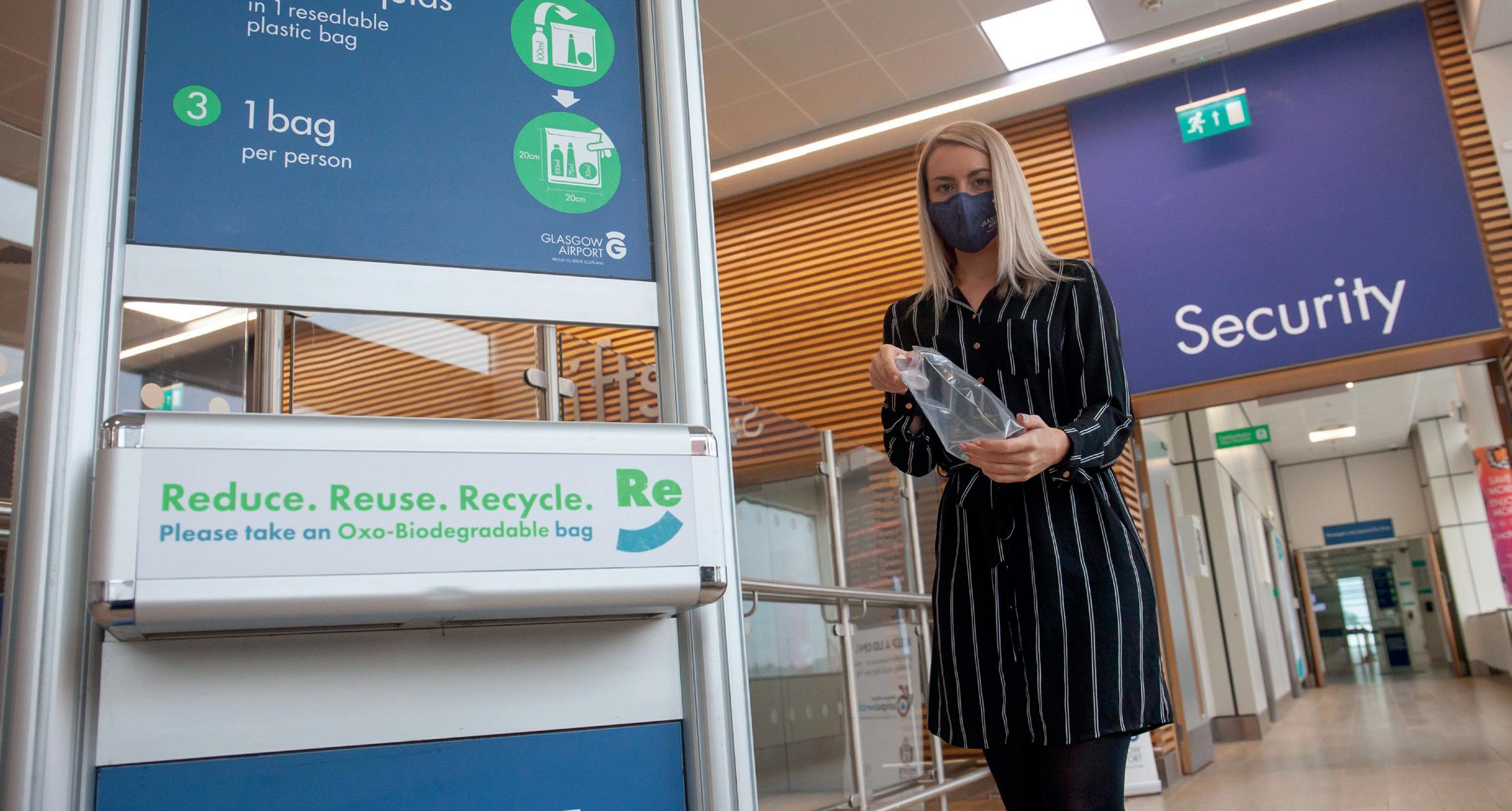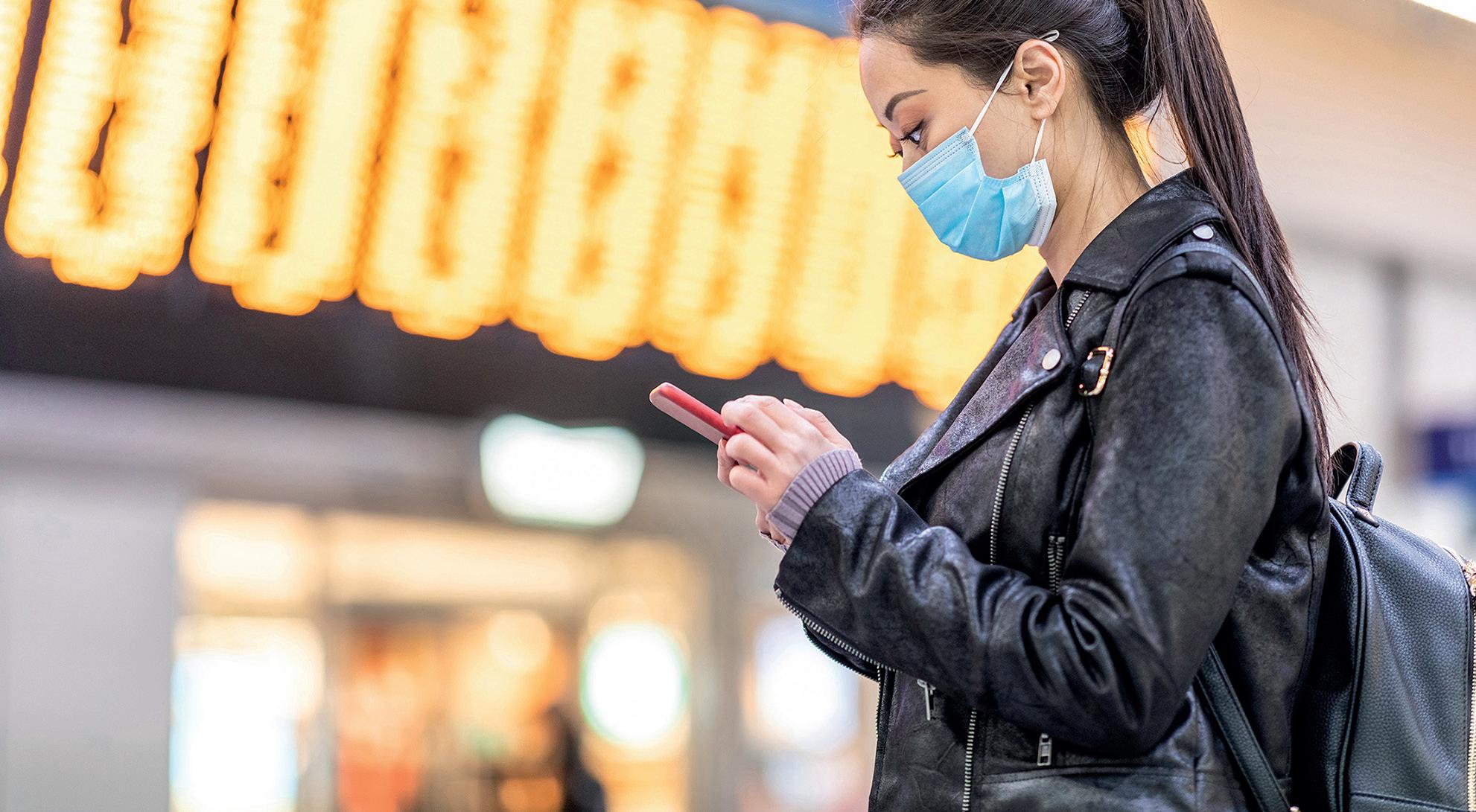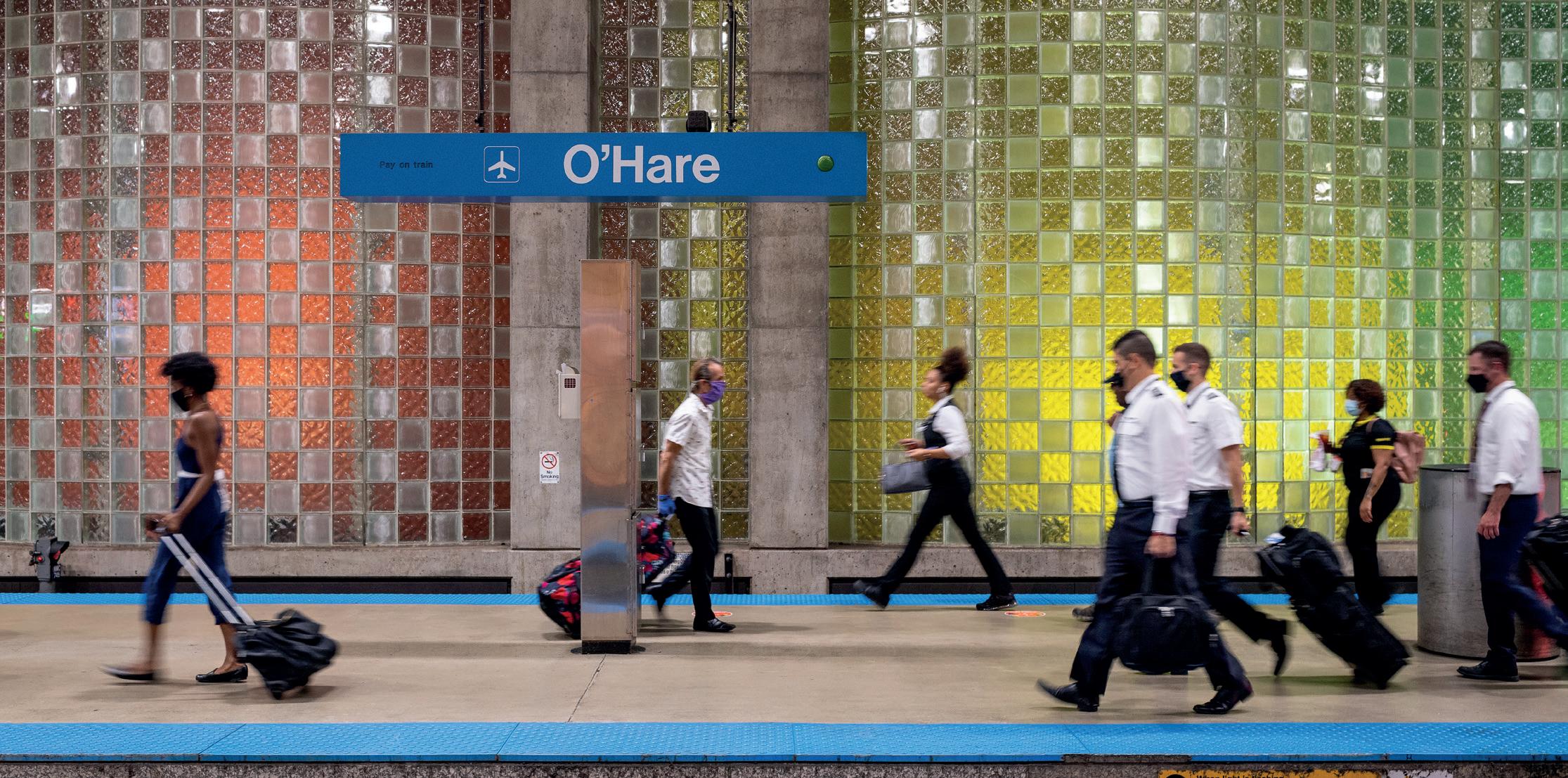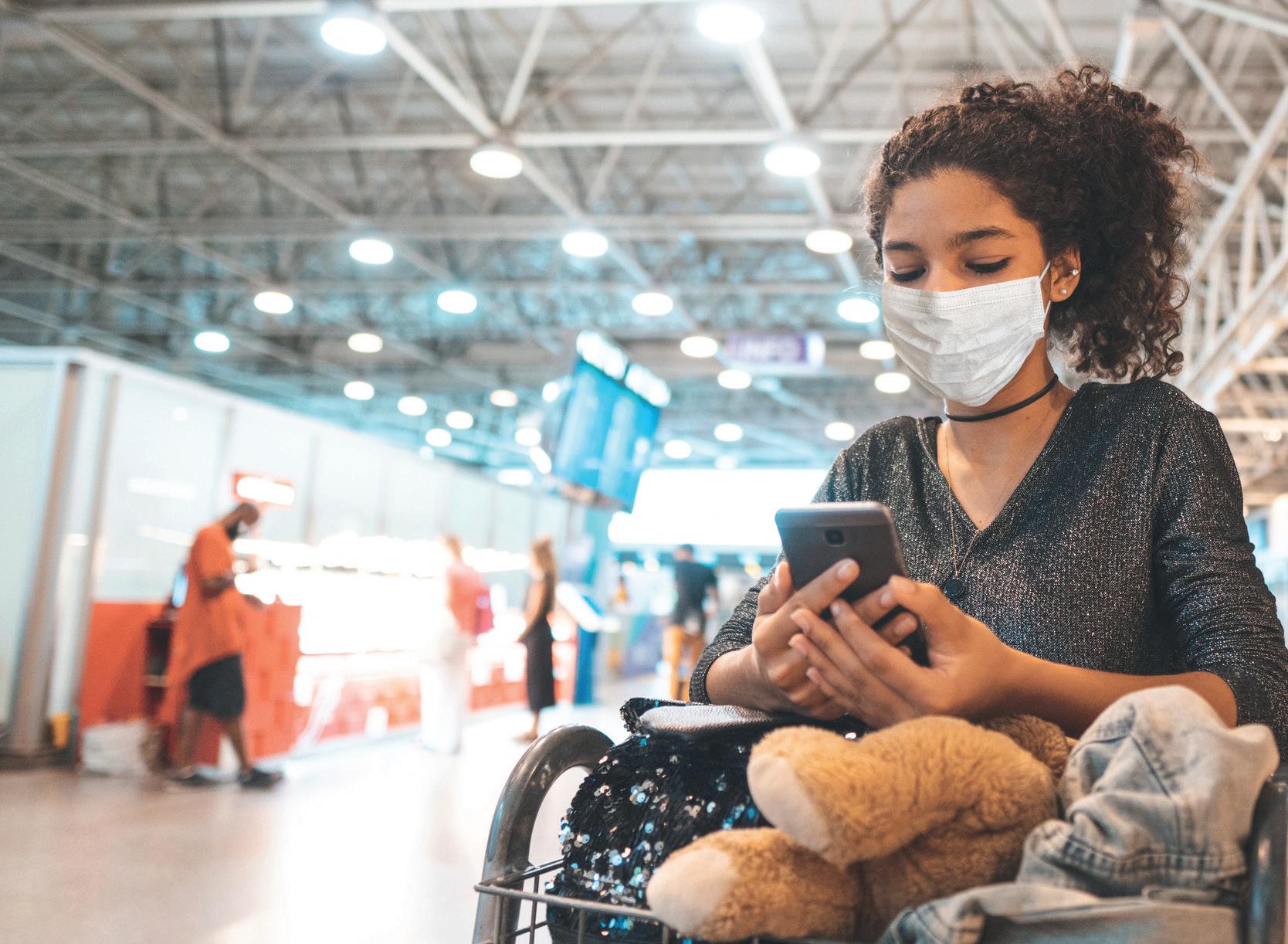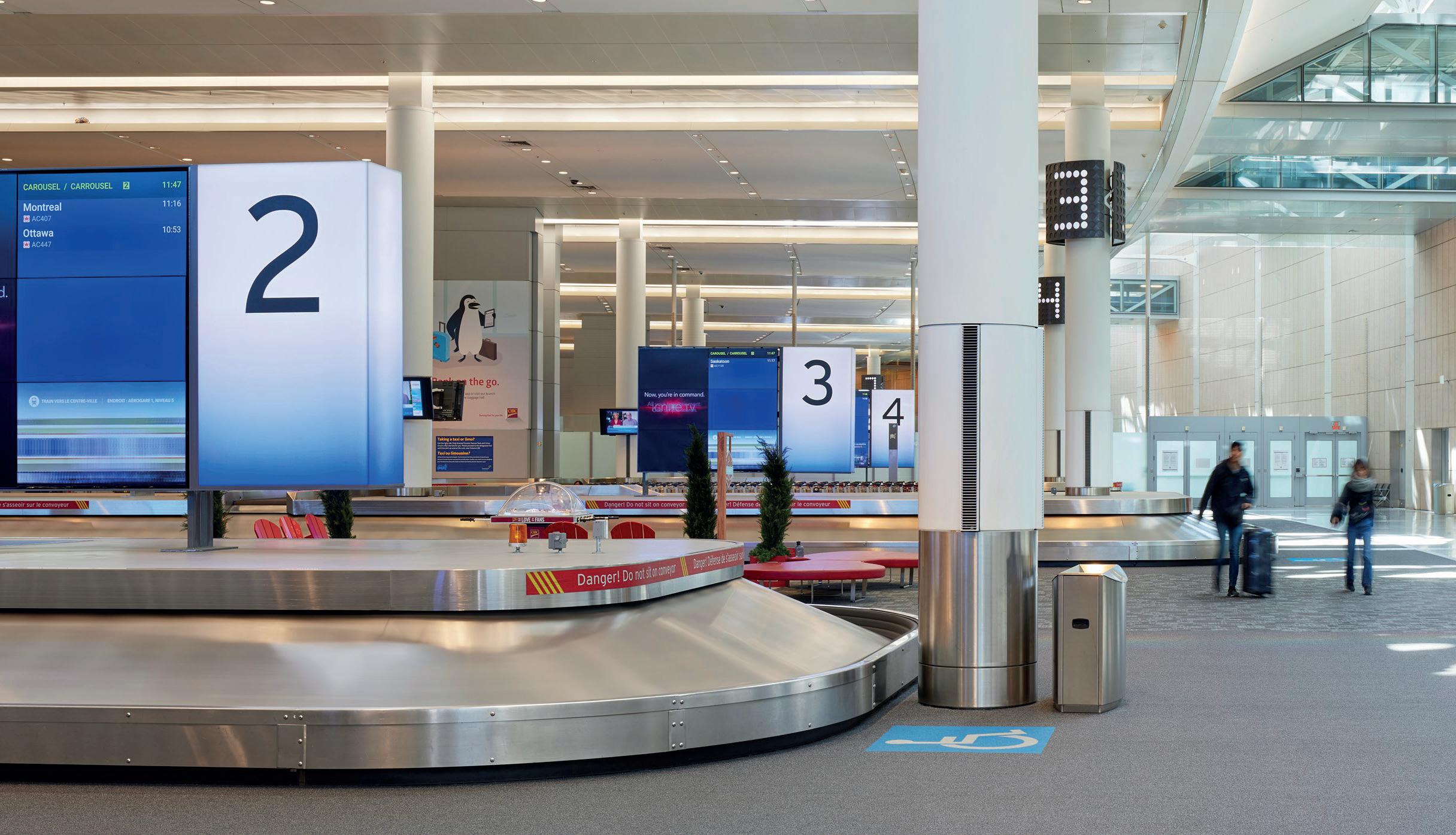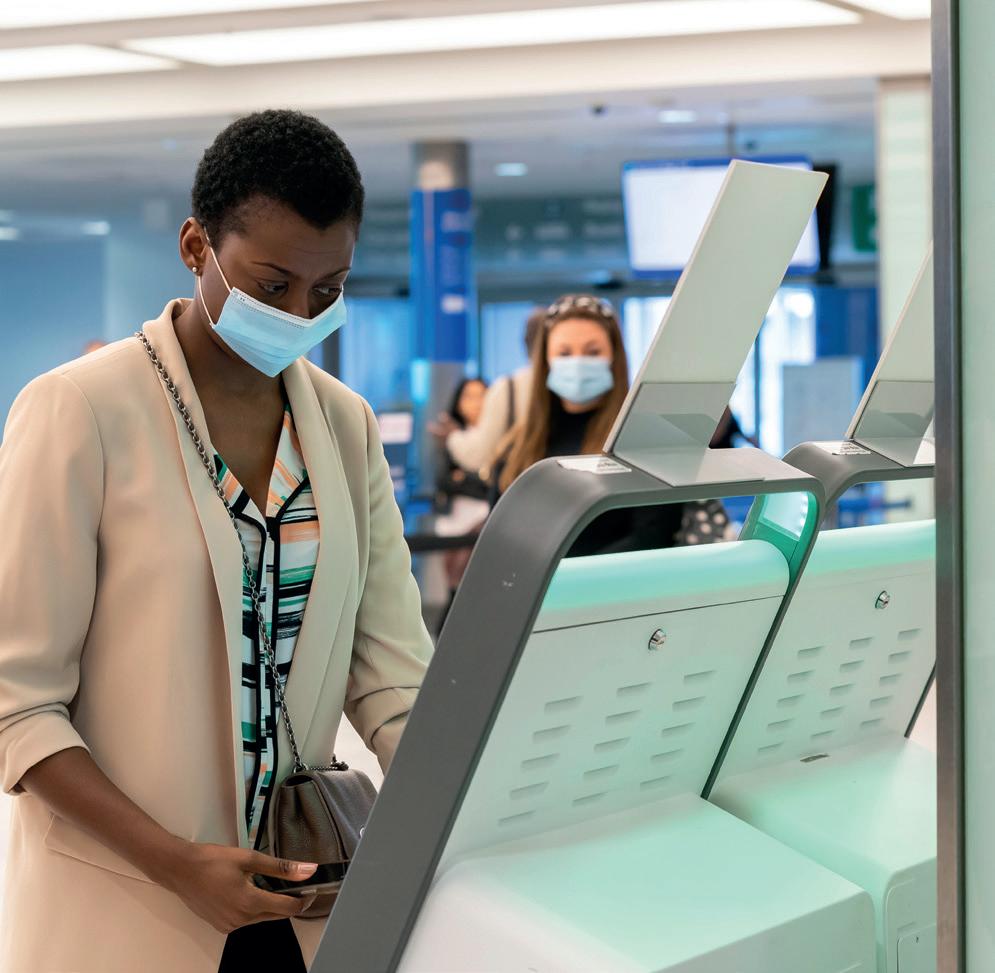SPECIAL REPORT: SUSTAINABILITY
Tough times ACI World’s economics director, Patrick Lucas, considers the financial challenges facing airports and the policy levers needed to support aviation’s recovery amidst the pandemic.
A
16
irports are an integral part of the aviation ecosystem, but they currently face a crisis that they are not financially set-up to experience: a sudden and prolonged collapse in traffic levels. During business as usual times (or pre-COVID-19), the multiplier effect and positive externalities that airports generate in terms of employment and contribution to local economies is significant. Commerce, tourism, and an intricate supply chain of large, medium and small businesses thrive and depend on passenger and cargo traffic within the aviation ecosystem and beyond. The travel restrictions introduced as a result of the pandemic and ongoing quarantine measures — instead of harmonised screening and testing of passengers as a viable alternative — have also meant that the economic multiplier is now in reverse resulting in severe income deterioration and devastating job loss. As engines of socio-economic growth, airports are indispensable to the markets and communities they serve in support of a global recovery.
That is, capital investments are lumpy over the short-term whereas cash flows and an expected return on invested capital are only perceived over the longer term. As traffic levels increase over time, average total fixed costs potentially decrease to some minimum efficient scale. Thus, economies of scale are achieved with traffic expansion, which also has an impact on charges for users of infrastructure. The opposite is also true when you have traffic declines. This is the bare bones economics of airports. Put differently, certain levels of traffic in tandem with the associated necessary unit revenues — aircraft and passenger related charges and revenues from commercial activities — are fundamental in the recovery of costs and to generate a return on invested capital commensurate to this risk. The high fixed costs, the estimated decline of 60% in global traffic and resultant drastic shortfall in revenues of $104 billion (figures in US Dollars) epitomises the inherent risks that airports face amidst the pandemic.
Bare bones economics
Policy levers to support the recovery
Airports are also capital-intensive investments. Irrespective of airport ownership model, the large capital outlay and the complexities involved in planning, getting approvals, and constructing new infrastructure means that there is level of risk associated with the long-time horizon of these investments.
Airports are an integral to national and global economies. They are essential for trade, business, tourism, and economic growth. The Policy Brief: Path to the airport industry recovery—Restoring a sustainable economic equilibrium puts forward policy and assistance proposals that governments can adopt to both
AIRPORT WORLD/ISSUE 5, 2020



